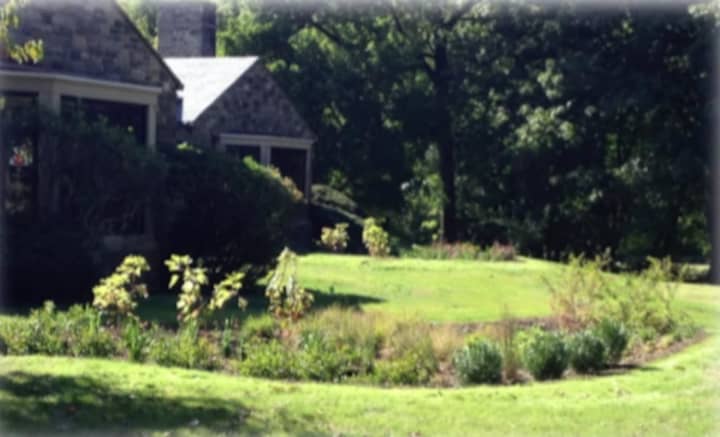The information, available here, takes homeowners through the steps of landscaping and how to use the best practices.
Some tips include the following:
- Design for canopy: Canopy serves a purpose, and the more of it the better. Larger canopy trees inordinately benefit wildlife, soak up water, recycle the air, and help keep the area cool during the summer. There are many canopy trees which can be planted including smaller trees for placement near utility lines, larger ones to provide summer shade and screen your property, trees that thrive in wet areas and soak up lots of water, and others which benefit wildlife.
- Design Progressively: Progressive landscape design incorporates the best lessons learned in design and stewardship while enhancing property. Rainwater gardens: Embrace rainwater as a gift from nature. A rain garden is designed to capture water for plants that thrive in wet conditions. Rain gardens help the environment by reducing runoff while producing brilliant seasonal displays; Front lawn gardens: Lawn gardens bring life. A lawn garden is a portion of the lawn dedicated to plantings that diversify the landscape and can easily remain green year long.
- Plant Native Varieties: Native plants provide hospitable and productive homes for birds and other animals. It is easy to select plants that are ideally suited to the ecosystem of the Northeast. Low maintenance: native plants fare better because they are well-adapted to the local climate, requiring less maintenance and less watering to remain healthy and vibrant. Beauty: Native species provide flowers, colorful fruits, seeds and berries, producing a spectrum of vibrant colors. Healthier: Native plants are better adapted and so they require less help to stay healthy. They reduce reliance on sprays and fertilizers, which can be harmful to the local waterways.
Click here to follow Daily Voice Scarsdale and receive free news updates.


